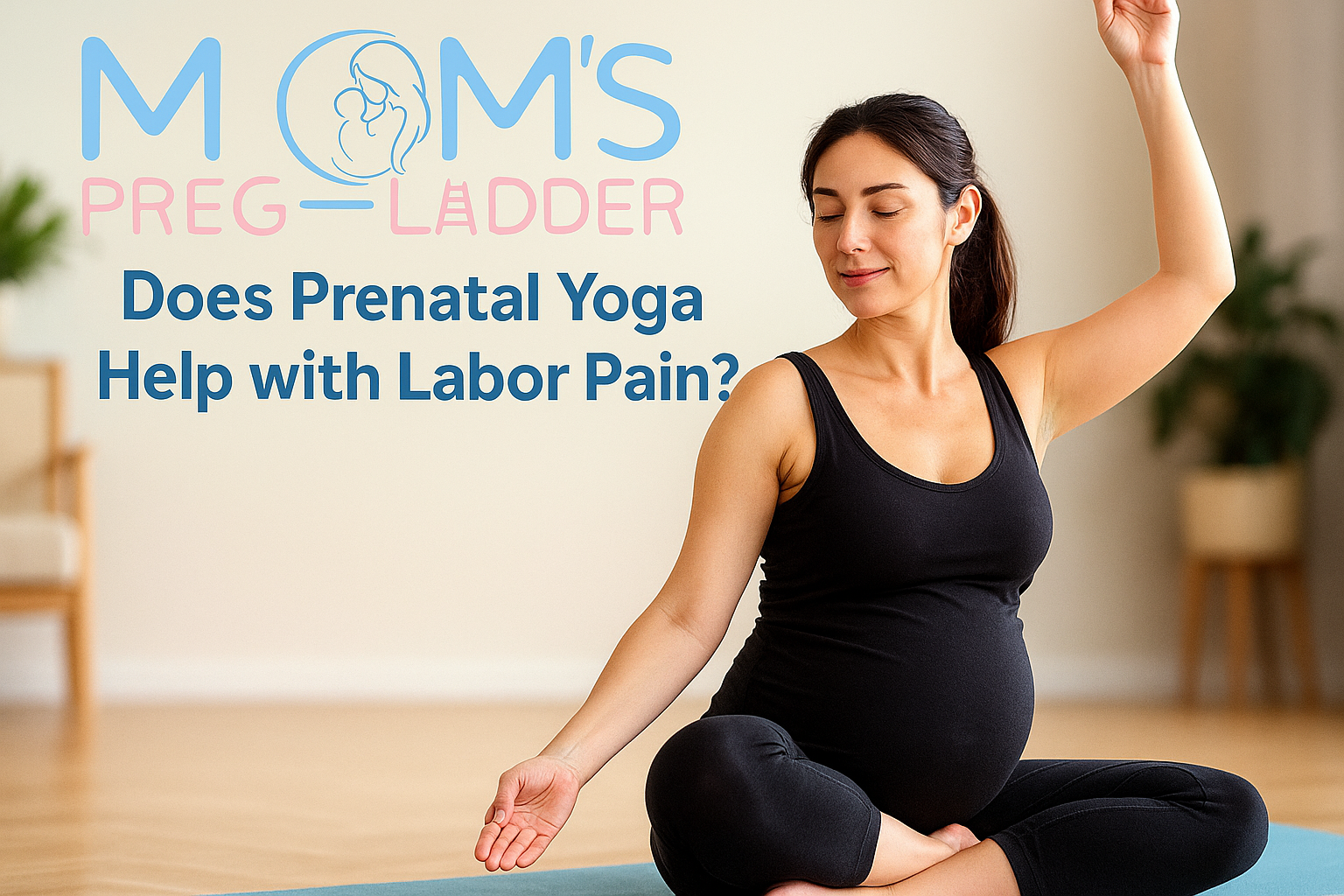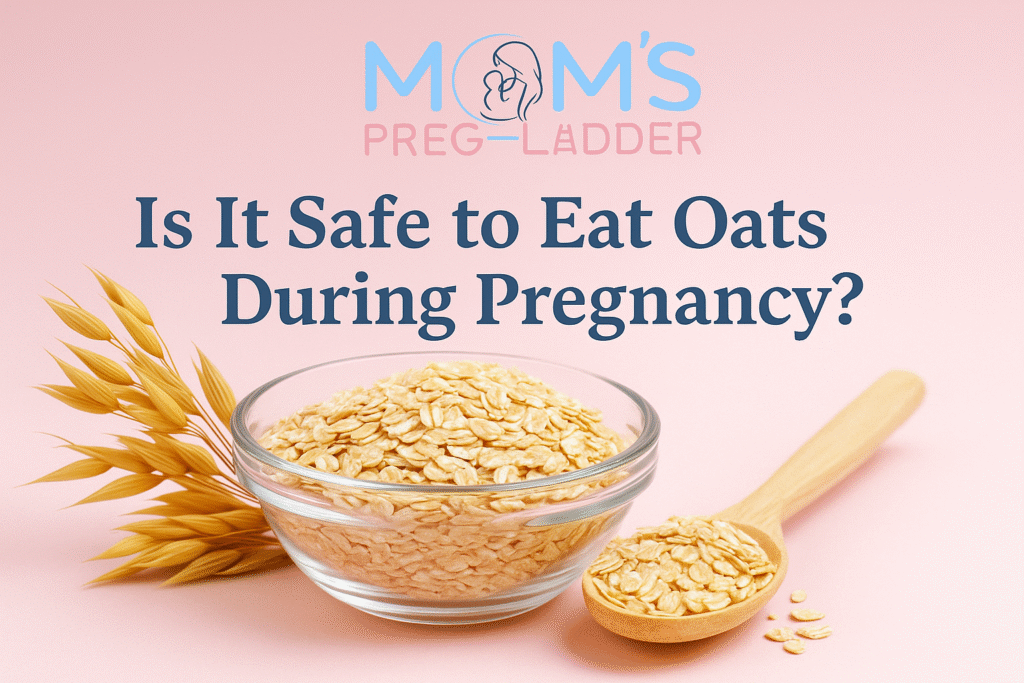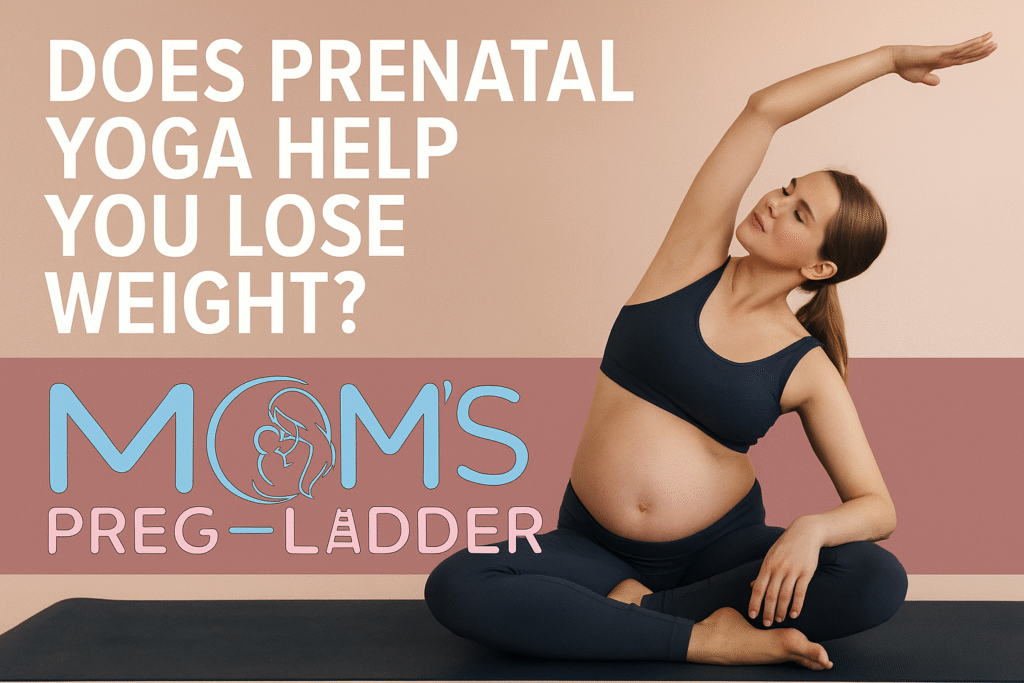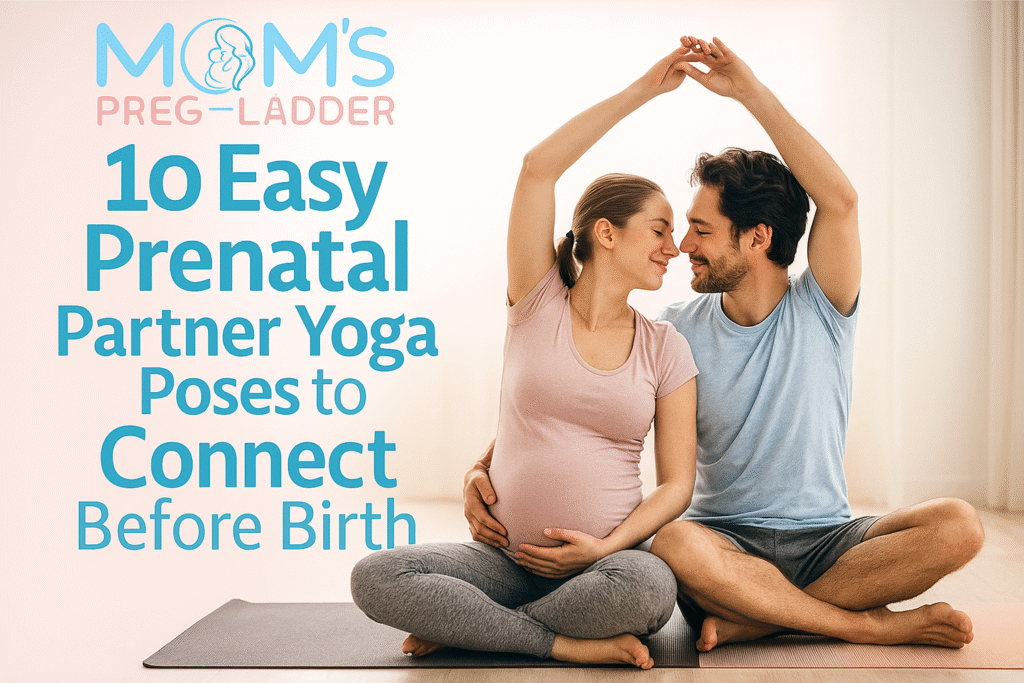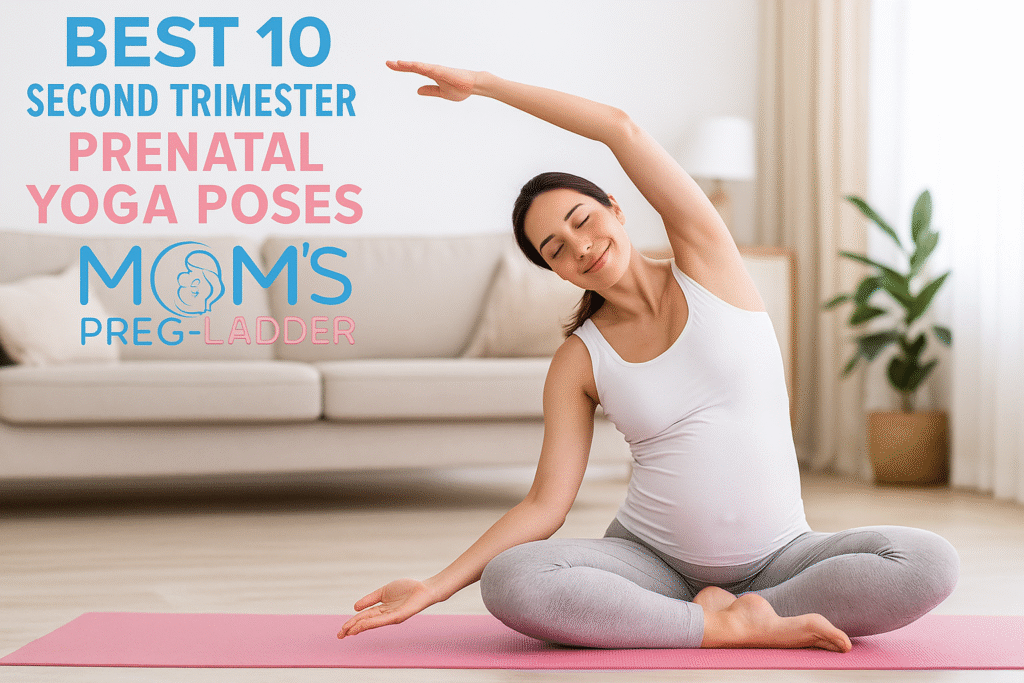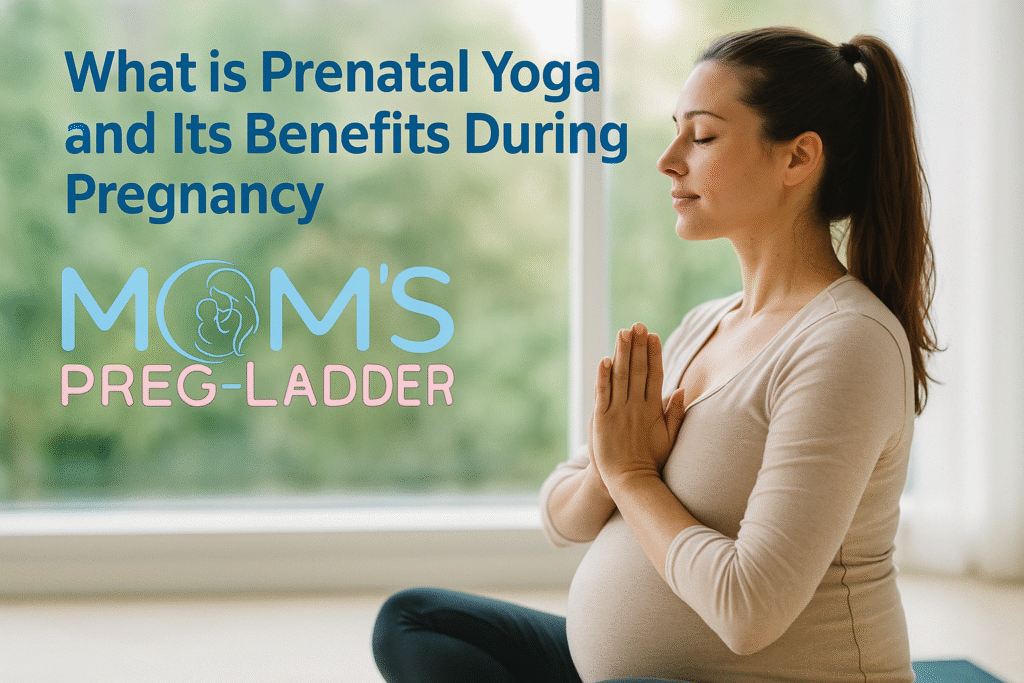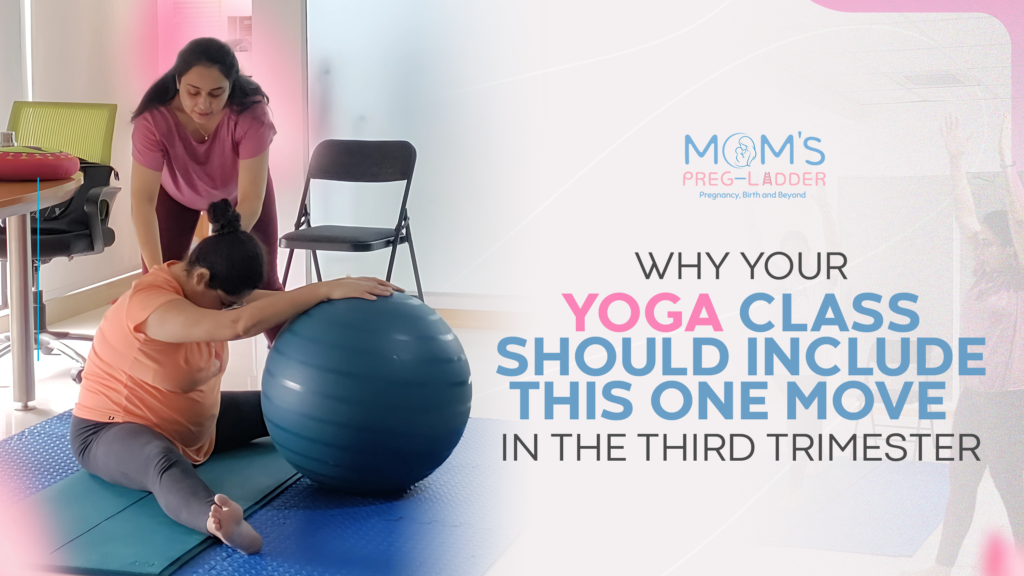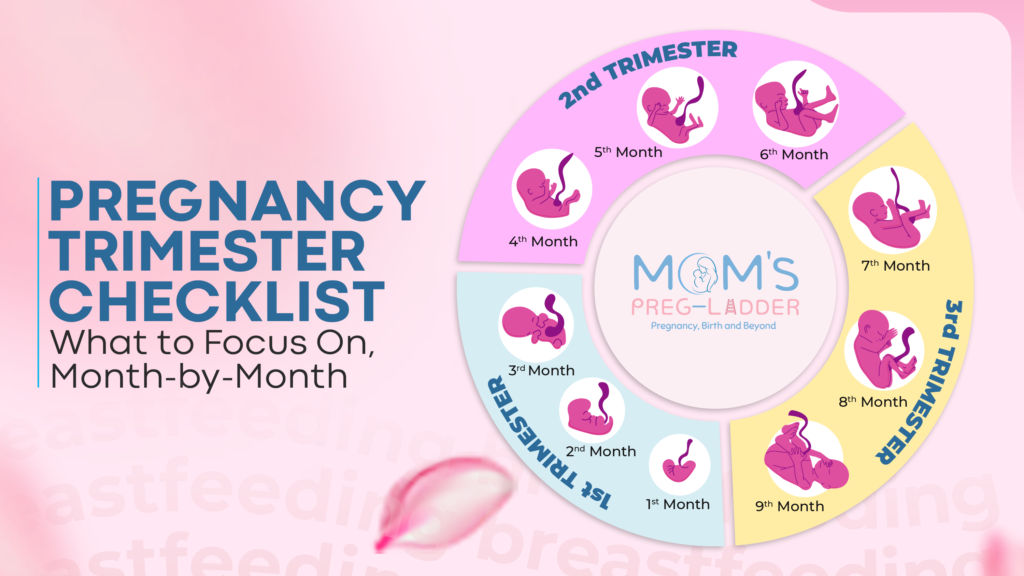Pregnancy is a miraculous journey filled with joy, anticipation, and of course, big body changes. One common pregnancy concern among expectant mothers is the fear of labor pain. While every woman’s experience is different, many mothers seek safe and natural ways to alleviate pain and prepare their bodies for the miracle of childbirth.
Prenatal yoga, a gentle practice that combines movement, mindfulness, and breathwork, has become increasingly popular as a holistic approach to preparing for childbirth. Many mothers wonder if prenatal yoga can truly help reduce labor pain. Let’s dive into the science, benefits, and how a guided prenatal yoga program like Moms Preg Ladder can support you through this special time in your journey.
Understanding Labor Pain: What Happens During Childbirth
Labor pain is both physiological and psychological. The uterus contracts during labor, which helps push the baby down the birth canal. The contractions of labor can cause intense discomfort in the abdomen, lower back, and pelvis.
Common causes of labor pain include:
- Uterine contractions
- Pressure on the cervix and bladder
- Stretching of the birth canal
- Emotional stress and anxiety
While pain is a natural part of childbirth, preparing your body and mind through prenatal yoga can help you experience a calmer and more manageable delivery.
What Is Prenatal Yoga?
Prenatal yoga is a form of yoga that has been adapted to suit the changes and needs of pregnant women. Prenatal yoga includes a series of breathing exercises, gentle stretches, relaxation, and postures for the pregnant woman’s changing body and growing baby.
This practice emphasizes:
- Flexibility and strength – to prepare your muscles for labor.
- Breathing and mindfulness – to promote calmness and reduce stress.
- Connection with your baby – fostering emotional bonding even before birth.
Many mothers who practice prenatal yoga regularly report a smoother pregnancy experience and better ability to manage labor pain.
How Prenatal Yoga Helps with Labor Pain
Prenatal yoga works on both physical and mental levels. It strengthens the muscles needed for childbirth, improves endurance, and trains your mind to stay calm and focused during contractions making it a great complement to Labor Management Classes in India.
Here’s how prenatal yoga helps in reducing and managing labor pain:
1. Builds Strength and Stamina
During childbirth, your body relies on strong muscles, particularly in the pelvic floor, hips, and lower back. Prenatal yoga strengthens these muscles, which support your uterus and help you push more effectively during labor.
Key poses:
- Goddess Pose (Utkata Konasana)
- Squat Pose (Malasana)
- Cat-Cow Pose (Marjaryasana-Bitilasana)
2. Improves Flexibility and Mobility
As your baby grows, your body’s center of gravity shifts, which can lead to stiffness and discomfort. Prenatal yoga gently stretches the hips, thighs, and spine, improving flexibility and helping your body open up naturally for delivery.
Benefits include:
- Reduced back pain
- Improved posture
- Better pelvic alignment
3. Enhances Breathing and Relaxation
Controlled breathing is one of the most effective ways to manage labor pain. Prenatal yoga emphasizes Pranayama (breathing exercises), which teach you how to stay relaxed and maintain steady breathing even during intense contractions.
Popular breathing techniques:
- Ujjayi Breath – slow, deep breathing that calms your mind.
- Anulom Vilom – alternate nostril breathing that reduces anxiety.
When practiced regularly, these techniques can help lower heart rate, manage stress, and increase oxygen flow to your baby.
4. Promotes Mind-Body Connection
Labor pain often becomes overwhelming when fear and anxiety take over. Prenatal yoga fosters mindfulness — helping mothers become more aware of their bodies and their baby’s movements.
By practicing mindfulness and meditation, you can:
- Stay calm during contractions
- Make conscious birthing choices
- Reduce fear and mental tension
5. Boosts Circulation and Reduces Swelling
Swelling in the legs and feet is common during pregnancy. Gentle yoga postures improve blood circulation, reduce fluid retention, and enhance overall energy levels. This not only makes pregnancy more comfortable but also promotes better physical endurance during labor.
6. Improves Sleep Quality
Poor sleep can increase fatigue, anxiety, and sensitivity to pain. Prenatal yoga encourages relaxation, helping you sleep better. Good rest before labor ensures your body is more prepared to handle pain and exertion effectively.
Scientific Evidence: What Research Says About Prenatal Yoga
Several studies have shown that prenatal yoga can help reduce labor pain and improve birth outcomes:
- A study published in the Journal of Obstetric, Gynecologic & Neonatal Nursing found that women who practiced prenatal yoga experienced less pain and shorter labor durations compared to those who didn’t.
- Another research in the Complementary Therapies in Clinical Practice Journal revealed that yoga helped lower cortisol levels (the stress hormone) and increased maternal comfort during delivery.
- Regular practice was also linked to reduced chances of cesarean sections and fewer medical interventions during childbirth.
These findings strongly support that prenatal yoga isn’t just a trend, it’s a scientifically proven way to prepare your body and mind for childbirth.
Emotional Benefits of Prenatal Yoga
In addition to physical benefits, prenatal yoga also supports emotional health. Hormonal fluctuations during pregnancy can cause mood swings and anxiety, but pregnancy yoga classes help promote emotional balance, relaxation, and a deep sense of inner calm.
Emotional benefits include:
- Reduced anxiety and fear of childbirth
- Enhanced self-confidence
- Stronger connection with your baby
- Supportive community bonding (in prenatal classes)
Practicing yoga with a group of expectant mothers can also create a sense of belonging, reducing feelings of isolation during pregnancy.
When to Start Prenatal Yoga
Most experts recommend starting prenatal yoga after the first trimester (around 13 weeks), once your body has adjusted to pregnancy changes. However, always consult your healthcare provider before beginning any new exercise routine.
Important guidelines:
- Avoid deep twists or lying flat on your back after the first trimester.
- Practice gentle, modified postures suitable for your stage of pregnancy.
- Focus on slow breathing and mindful movement.
- Stay hydrated and listen to your body’s cues.
Safety Tips for Practicing Prenatal Yoga
Pregnancy is a delicate time, and while yoga is generally safe, it’s important to practice it mindfully.
Here are a few safety tips:
- Always consult your doctor before starting.
- Choose a certified prenatal yoga instructor.
- Avoid poses that put pressure on your belly.
- Don’t overstretch — your body releases relaxin, a hormone that loosens joints.
- Use props like cushions, bolsters, or yoga blocks for support.
How Moms Preg Ladder Helps You on Your Prenatal Journey
Pregnancy can be an exhilarating and overwhelming journey. That’s where Moms Preg Ladder is here to guide you! This expert-led platform helps moms-to-be welcome a healthier, more mindful experience through pregnancy.
Here’s how Moms Preg Ladder supports you:
- Expert Guidance: Certified prenatal yoga instructors provide safe, customized yoga routines for every trimester.
- Holistic Approach: Beyond yoga, it offers valuable insights on nutrition, breathing techniques, and emotional wellness.
- Community Support: Connect with other moms-to-be, share experiences, and grow together.
- Educational Resources: Access blogs, prenatal care tips, and labor preparation guides written by experts.
Moms Preg Ladder believes that every mother deserves a calm, confident, and joyful pregnancy. With personalized support and safe yoga practices, it ensures you are physically strong and mentally prepared for childbirth.
Real Benefits: What Expecting Mothers Experience
Many mothers who follow prenatal yoga programs like the ones offered by Moms Preg Ladder report noticeable improvements.
Common experiences include:
- Reduced back pain and body stiffness
- Better control over breathing during contractions
- Shorter and smoother labor
- Increased sense of empowerment
- Enhanced postnatal recovery
These benefits make prenatal yoga a trusted companion for expecting mothers seeking natural comfort and confidence before childbirth.
Prenatal Yoga Poses to Prepare for Labor
Here are a few safe and effective prenatal yoga poses to help you prepare for labor and delivery:
- Butterfly Pose (Baddha Konasana) – Opens hips and improves flexibility.
- Cat-Cow Pose (Marjaryasana-Bitilasana) – Relieves back tension and improves spine mobility.
- Goddess Pose (Utkata Konasana) – Strengthens pelvic muscles and legs.
- Child’s Pose (Balasana) – Promotes relaxation and relieves fatigue.
- Squat Pose (Malasana) – Helps open the pelvis for easier delivery.
- Seated Forward Bend (Paschimottanasana) – Calms the mind and releases lower back tension.
Always perform these poses slowly, focusing on your breathing and comfort level.
The Role of Breathing During Labor
Deep breathing can be your best ally during childbirth. It helps release tension, reduces the perception of pain, and keeps you calm.
Top breathing techniques for labor:
- Slow breathing – Helps maintain focus and reduces panic.
- Patterned breathing – Synchronizes breath with contractions.
- Visualization breathing – Imagine positive energy flowing through your body with each inhale.
These techniques are often taught in guided prenatal yoga sessions, such as those available at Moms Preg Ladder.
Conclusion: Embrace a Calmer, More Confident Birth Experience
Does Prenatal Yoga Ease Labor Pain?
Yes, it does!
Prenatal yoga is a great way to prepare your body, calm your mind and open yourself emotionally to one of the most intense experiences you’ll ever feel, childbirth. Practicing prenatal yoga daily can help you ease anxiety, cope with pain naturally and have a more empowering birthing experience overall.
Moms Preg Ladder is a community of expert professionals and mindful moms dedicated to helping you safely explore yoga during pregnancy, connect with other expectant mothers and experience labor and childbirth with peace and confidence.
Your pregnancy is a journey, make it an empowered and mindful one.
FAQs
1. Can prenatal yoga really reduce labor pain?
Yes. Prenatal yoga strengthens pelvic muscles, improves flexibility, and teaches breathing techniques that help manage contractions and pain during labor.
2. When is the best time to start prenatal yoga?
You can begin after your first trimester, around 13–14 weeks, with your doctor’s approval.
3. Is prenatal yoga safe for all pregnancies?
Generally, yes. However, mothers with complications like preeclampsia or placenta previa should consult their doctor before starting.
4. Can beginners try prenatal yoga?
Absolutely. Prenatal yoga is designed for all fitness levels. Beginners can start with basic poses and guided sessions available through platforms like Moms Preg Ladder.
5. How often should I practice prenatal yoga?
Practicing 3–4 times a week for 30–45 minutes can provide excellent results for flexibility, stamina, and relaxation.

